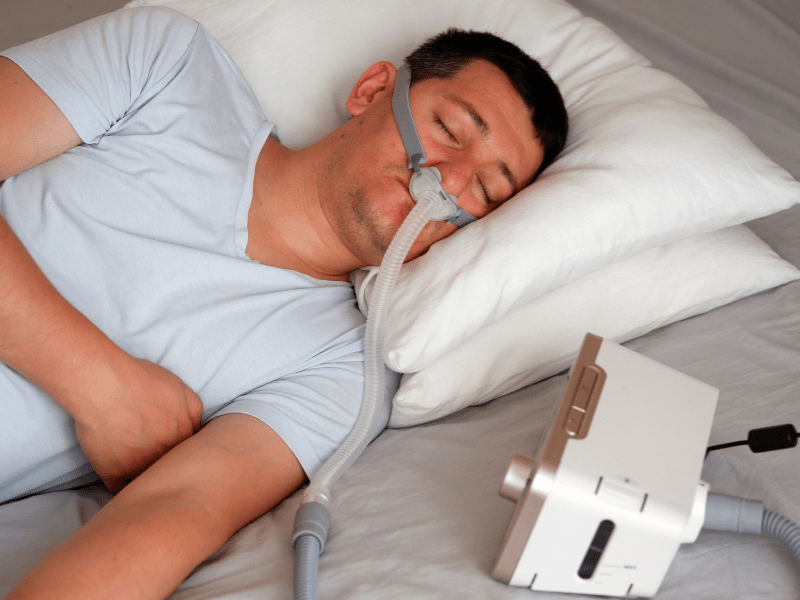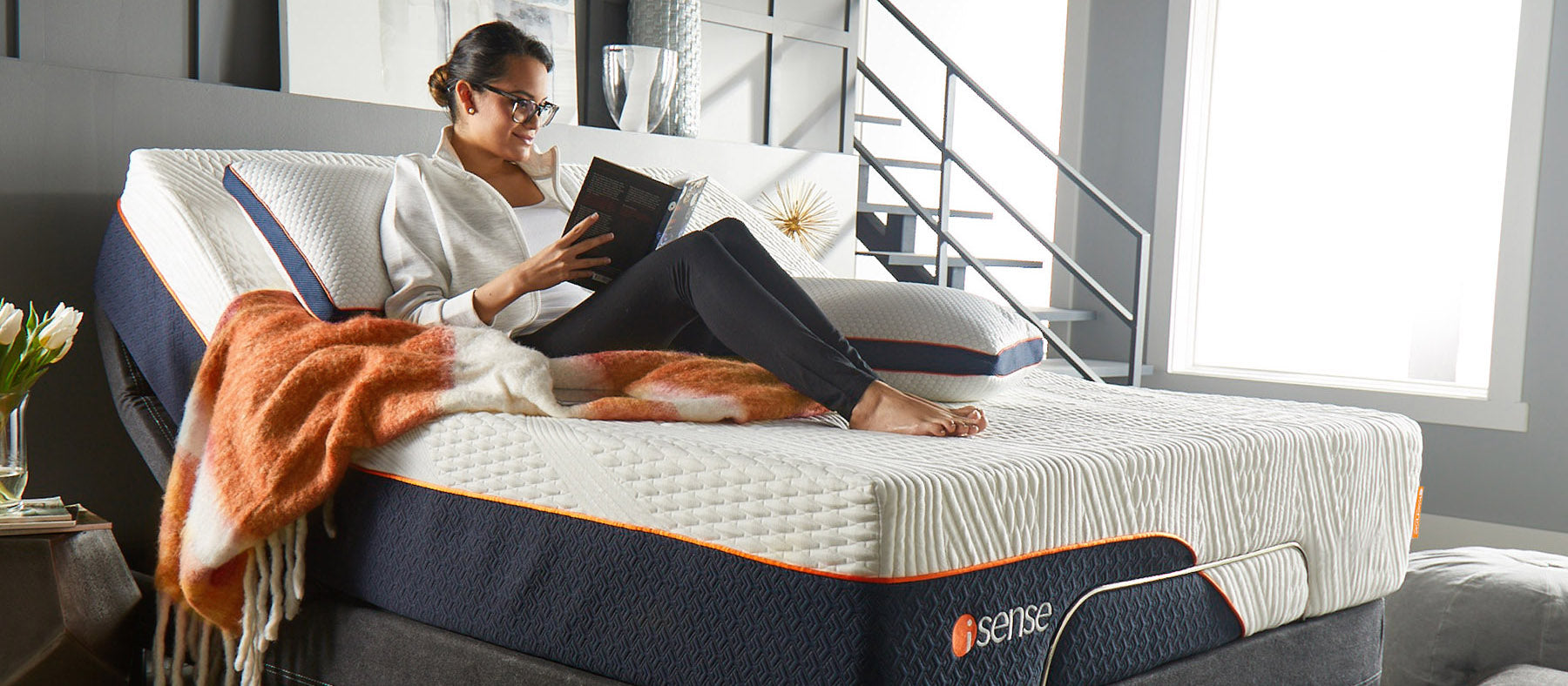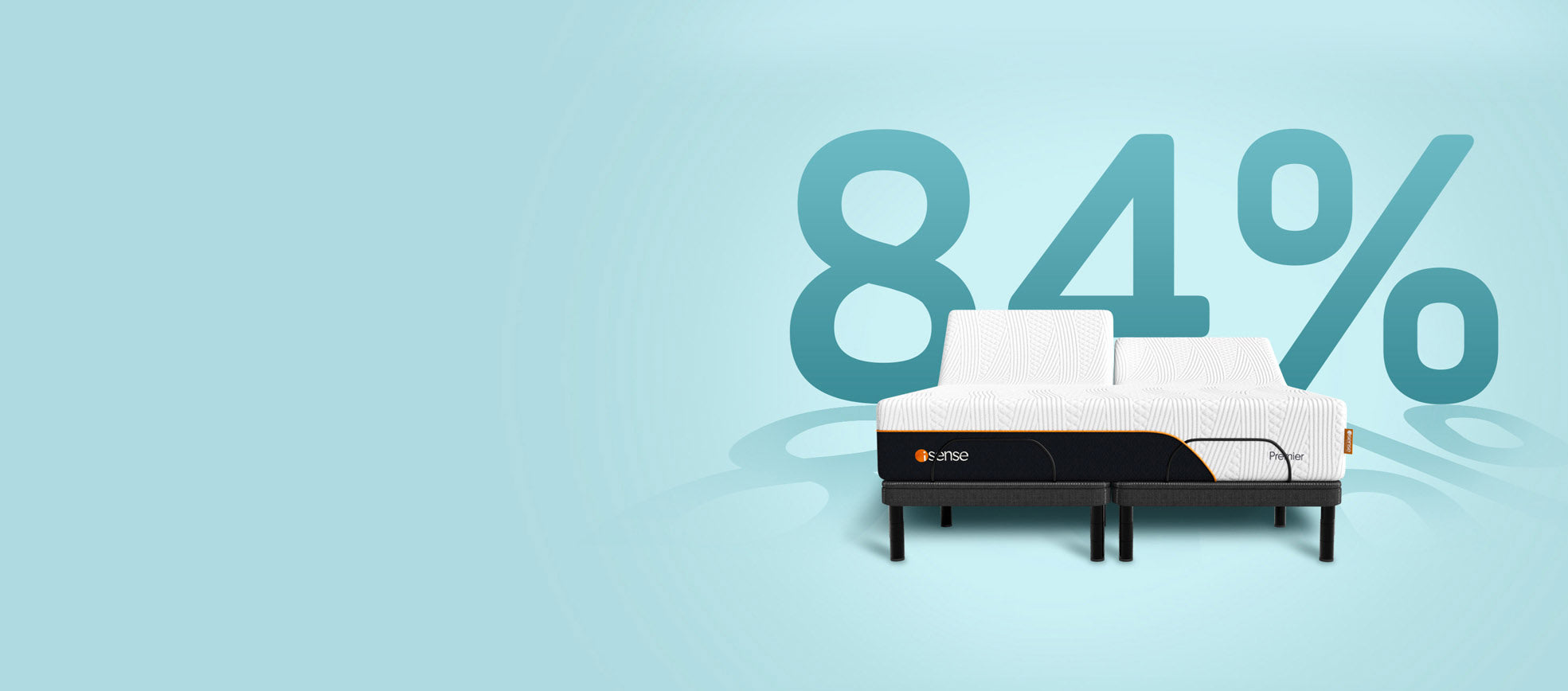Feeling sluggish and unproductive in your daily routine? Research shows that an artful power nap can re-energize you while also boosting your productivity. This article delivers an insightful guide on mastering the knack of a perfect power nap, maximizing its benefits for increased alertness and rejuvenation.
Ready to unlock your full potential in just twenty minutes? Read on!
The Benefits and Science of Power Napping
Taking a power nap can lead to increased alertness and improved problem-solving abilities, boosting productivity and energy levels throughout the day.
Increased alertness and problem-solving abilities
Power naps do more than just help you rest. They make your brain better. A short sleep break can make you alert and sharp. It makes your mind clear. This helps to fix tough problems easily and quickly. Many studies say power naps are good for brain function. Even a 10-minute nap can serve up two hours of fresh focus and problem-solving might! So, if you want to be at your best, think about getting a power nap!
Boost in productivity and energy levels
Power naps can help you do more work. A short sleep lifts energy levels and raises productivity. This is good for people who work a lot. It helps your brain to be fresh again. You will see that you can think better after a nap.
A 30-minute nap is great for this effect. But be careful not to sleep too long! Long sleeps during the day may make you feel groggy or sleepy instead of fresh and alert. Power napping gives the best mix of rest and readiness to get back to work with strength.
Techniques for a Productive Power Nap
Timing your power nap for 10-20 minutes, creating a conducive environment, avoiding naps if not feeling tired, strategically choosing nap times, and even trying a "coffee nap" can all help maximize the effectiveness of your power napping routine.
Timing for 10-20 minutes
Knowing how long to nap can help you get the best rest. Here are some tips:
- Aim to nap for 10 - 20 minutes. This is a good time frame that boosts alertness.
- Avoid naps longer than 20 minutes. If you nap too long, you might feel groggy.
- Napping for just 10 minutes can make you more alert for over two hours.
- It's key to limit your nap to 20 minutes tops. This will keep you from feeling slow or foggy when you wake up.
- To feel energized and focused, a quick power nap of 20 to 30 minutes can work wonders.
- Power naps are great for refreshing your mind and boosting productivity in the middle of a busy day.
- Don't stress about timing - just aim for that sweet spot between sleep and wakefulness!
Creating a conducive environment
To maximize the benefits of power napping, it's important to create a conducive environment. Here are some tips for achieving an optimal setting:
- Find a quiet and peaceful place where you can relax uninterrupted.
- Make sure the lighting is dim or adjust it to your preference, as bright lights can make it difficult to fall asleep.
- Use earplugs or play soothing music to block out any distracting noises.
- Ensure that the temperature in the room is comfortable and cool.
- Lie down on a comfortable mattress or cushion that supports your body well.
- Consider using a sleep mask to block out any remaining light and promote deeper relaxation.
Avoiding naps if not feeling tired
If you're not feeling tired, it's best to avoid taking a power nap. Power naps are meant to provide restfulness and rejuvenation when you're feeling sleepy or fatigued. Taking a power nap when you're not tired can make you feel heavy and groggy after waking up. It's important to only take a power nap when your body signals that it needs rest. This way, you can optimize the benefits of increased alertness and productivity that come with a well-timed power nap.
So remember, if you're not feeling tired, it's best to skip the nap and wait for your body to naturally signal the need for sleepiness before giving in to the temptation of dozing off.
Strategic nap times
The best time to take a power nap is between 1 p.m. and 3 p.m.
- Napping later than 4 p.m. may not be as effective for productivity boost.
- Power napping for 20 to 30 minutes is considered ideal for refreshing and energizing.
- Shorter power naps increase energy and alertness, while longer naps of 60 to 90 minutes can increase productivity.
- Even just a few minutes of napping can provide benefits.
- Longer naps may leave people feeling dazed or groggy.
Trying a "coffee nap"
Many people swear by the benefits of a "coffee nap," which involves consuming caffeine and then taking a short nap immediately afterward. This combination can help boost alertness, productivity, and energy levels when you wake up.
Coffee naps are especially effective for individuals who work night shifts. So if you're feeling tired during the day and need a quick pick-me-up, give the coffee nap technique a try to feel refreshed, revitalized, and ready to tackle your tasks with efficiency and focus.
Tips for Mastering the Art of Power Napping
Consistency is key in mastering the art of power napping, as it helps regulate your sleep patterns and ensures that you reap the maximum benefits from each nap.
Consistency
Consistency is key when it comes to mastering the art of power napping. Making it a regular part of your routine can have a big impact on your productivity and overall well-being. By syncing up with your body's natural rhythms and taking power naps at the same time each day, you can create a sense of continuity that allows you to reap the full benefits. Whether it's scheduling in a nap during your lunch break or finding a quiet moment in the afternoon, find a time that works for you and stick to it. The more consistent you are with your power napping, the more reliable and dependable its effects will be on boosting your energy levels and keeping you alert throughout the day.
Additionally, setting aside dedicated time for power napping helps create an environment where relaxation becomes easier. This synchronization between regularity and creating conducive surroundings can enhance the quality of your nap sessions significantly.
When you make power napping a priority by incorporating it into your daily routine, you'll find that these short bursts of rest become highly effective in recharging both physically and mentally.
Setting a relaxing alarm
Setting a relaxing alarm is crucial for ensuring a successful power nap. Here are some tips to help you set the perfect alarm:
- Choose a soothing sound or song as your alarm tone, rather than something loud and jarring.
- Gradually increase the volume of your alarm over a few minutes so that you wake up gently.
- Place your alarm clock or phone at a distance from your bed, forcing you to physically get up to turn it off.
- Use an alarm app that simulates sunrise by gradually brightening the room with light, mimicking a natural waking process.
- Avoid using the snooze button as it can disrupt your sleep cycle and make you feel groggy.
Finding the perfect position
To make the most out of your power nap, finding the perfect position is crucial. When you lie down for a short rest, it's important to select a comfortable and peaceful location that allows you to relax fully. Creating a conducive environment can help you achieve the right balance between deep sleep and light sleep during your power nap. Whether it's on a cozy mattress or a soft recliner, choose a spot where you feel at ease and can easily unwind.
By finding the ideal position, you'll optimize the effectiveness of your power nap and reap its benefits in boosting productivity.
Conclusion
In conclusion, mastering the art of power napping can greatly boost productivity in just a few minutes. By finding the right timing, creating a relaxing environment, and being consistent with your naps, you can reap the benefits of increased alertness and problem-solving abilities.
So go ahead and take a strategic power nap to recharge your energy levels and rejuvenate your cognitive functions. It's time to unlock the power of short moments of rest for enhanced efficiency and focus throughout your day!
FAQs
1. How long should a power nap be to boost productivity?
A power nap should ideally be around 10-20 minutes to boost productivity without causing grogginess or interfering with nighttime sleep.
2. Can anyone take a power nap, regardless of their schedule?
Yes, anyone can take a power nap as long as they have a few minutes available during the day. It can be beneficial for improving alertness and focus.
3. What is the best time of day to take a power nap?
The best time to take a power nap is generally in the early afternoon, around 2-4 PM, as it aligns with our natural dip in energy levels.
4. How can I create an ideal environment for a power nap?
To create an ideal environment for a power nap, find a quiet and dimly lit space where you can relax comfortably. Consider using an eye mask or earplugs if needed.
5. Will taking regular power naps disrupt my nighttime sleep?
When kept within the recommended duration (10-20 minutes), regular power naps should not disrupt your nighttime sleep. However, longer or later naps may interfere with falling asleep at night.



















